Course Renovations
Tom Bendelow designed the first 9 holes of the Columbus Country Club in 1907 followed by Donald Ross in 1914. In the 114 years since a number of architects have made subtle and not so subtle adjustments to Orlando Miller’s original vision for the Cliffs at Walnut Creek. Mother Nature has also had a very big hand in influencing the design, play, and shot values in the 50+ years since the 1964 PGA Championship was hoisted by the CCC. We hired Keith Foster to provide a master plan, a road map to get us back to the original Ross design elements that a century of golfers have continued to enjoy throughout the country. Kevin Hargrave has navigated that road map expertly, breathed three dimensional life into it, and breathed new life into the CCC with a timeless sensibility in the execution of the front 9’s renovation. Kevin has a Golden Age architect’s vision and 21st century architect’s equipment. We at the CCC are all the better for it. Among those Ross inspired design elements implemented are wider fairways whose directions shift with bunkers not trees, flat bottomed bunkers with a steep face in front, firm fast conditions that allow players of all levels to run the ball up to the green on every hole. We hope you enjoy it.
Hole #1
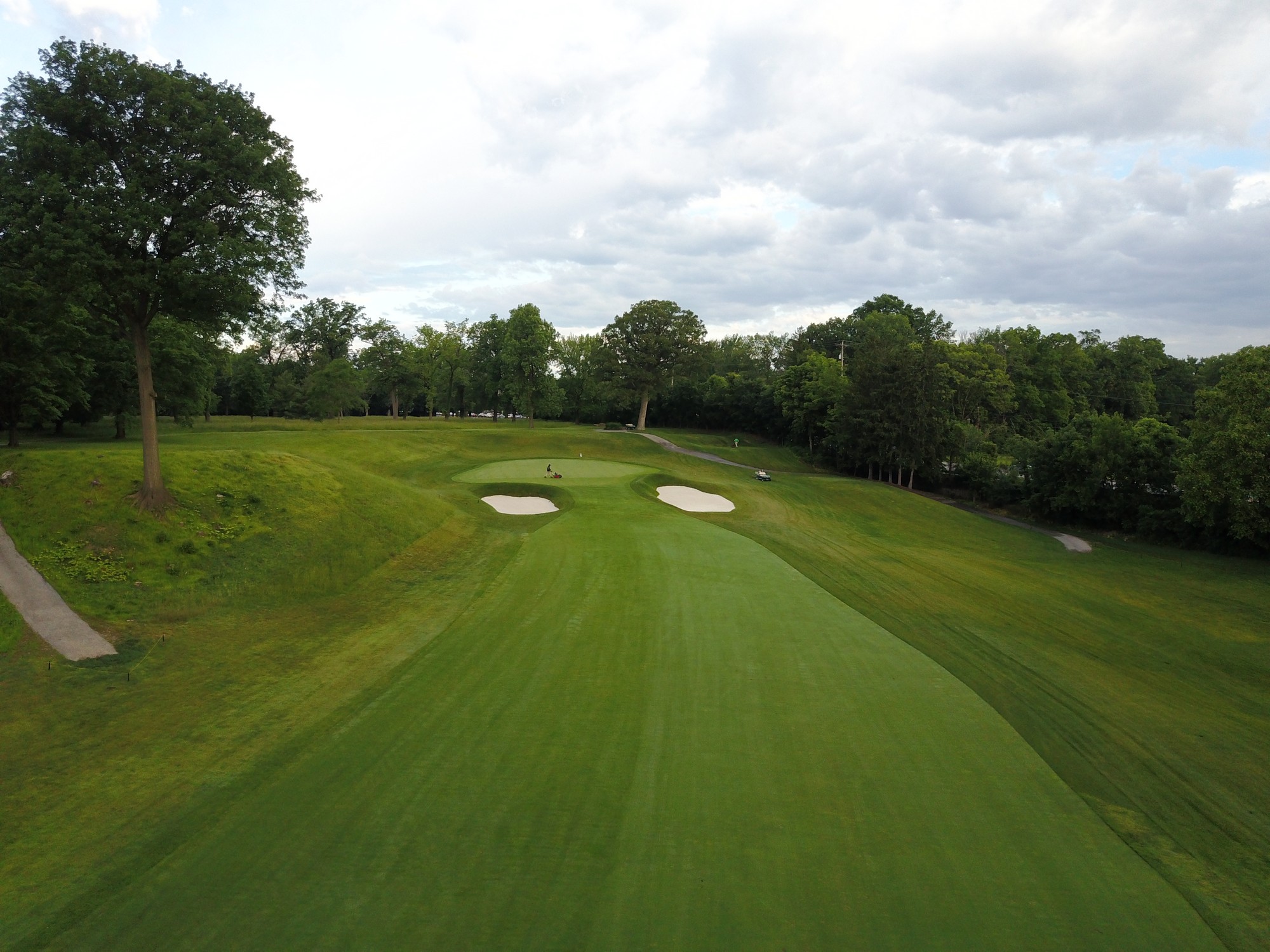
You will be greeted with the best opening hole in the city of Columbus – the start to an exciting stretch of holes at the beginning of your round. With fewer trees, you will be able to see #2 and #3 clearly from the tee. The tree removal on the left will provide a better view of the first green and allow you to see the beauty of this hole. Donald Ross felt the first tee shot should not be as demanding as others that follow and also give the golfer insight into the strategic nature of the layout. In keeping with that, a left hand bunker will be added to the inside of the dogleg and the right side more open. Those who challenge the bunker with their drive will be left with a much shorter approach shot than those who play safely away from it…a theme that will be repeated throughout the round. The player will also be introduced to grass walled, flat bottomed bunkers which are in the Ross style.
Hole #2
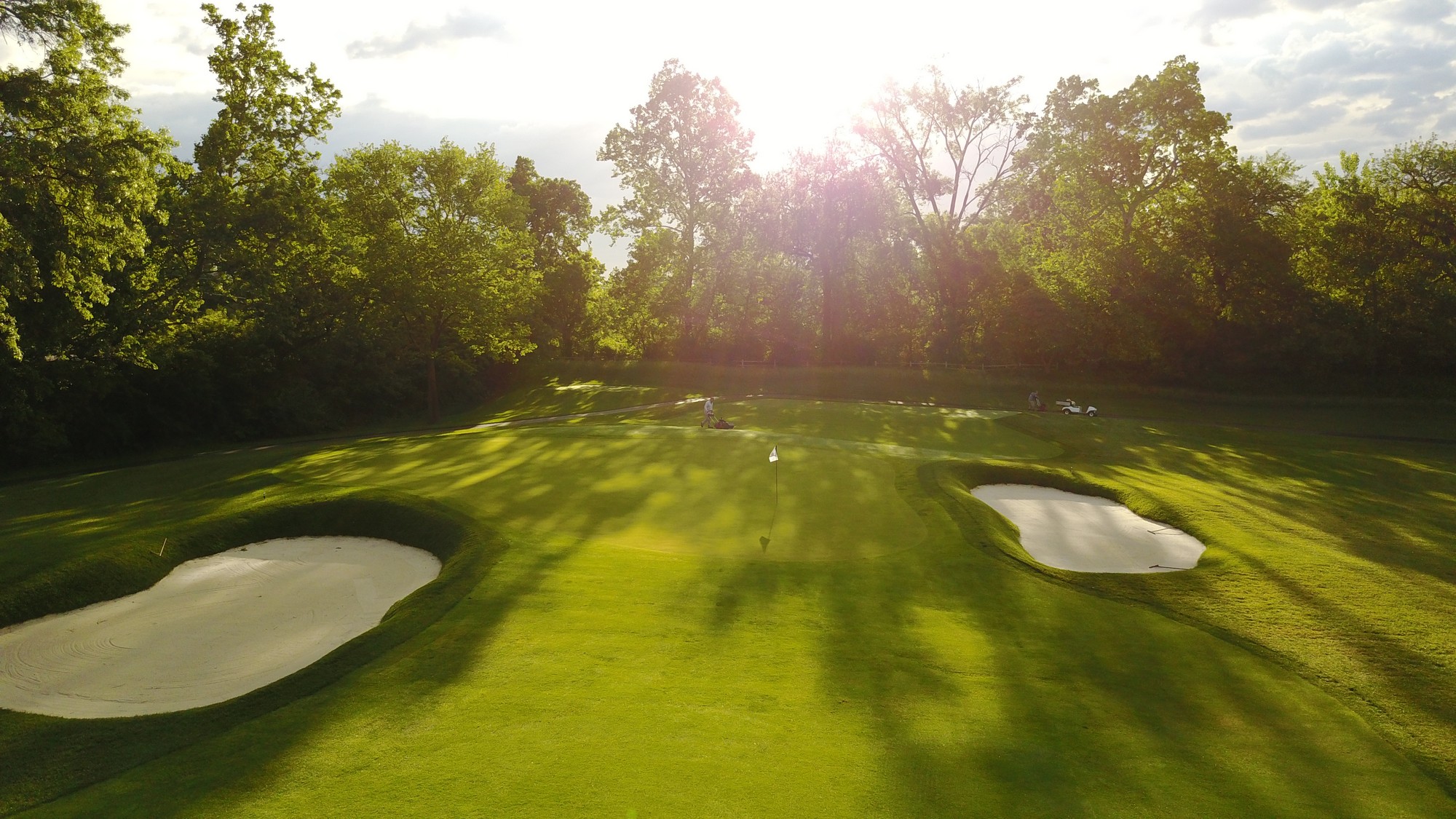
All golfers will notice the dramatic change and improved views from the second tee. The once tree lined chute will now provide a beautiful vista to the widened fairway, as well as sweeping views of #1 and #3. The fairway has been repositioned to challenge the intelligent golfer and moved farther away from Broad St. Trees are planned to be added down the left rough to create more of a buffer from the road. A drive well placed down the right side, near a repositioned bunker will provide the golfer with the preferred angle into the green. The visual into the green will also be enhanced with the removal of the rear bunker. The green will appear to “float” more than in its current form, with a drop off into a run off area for the shot hit too long.
Hole #3
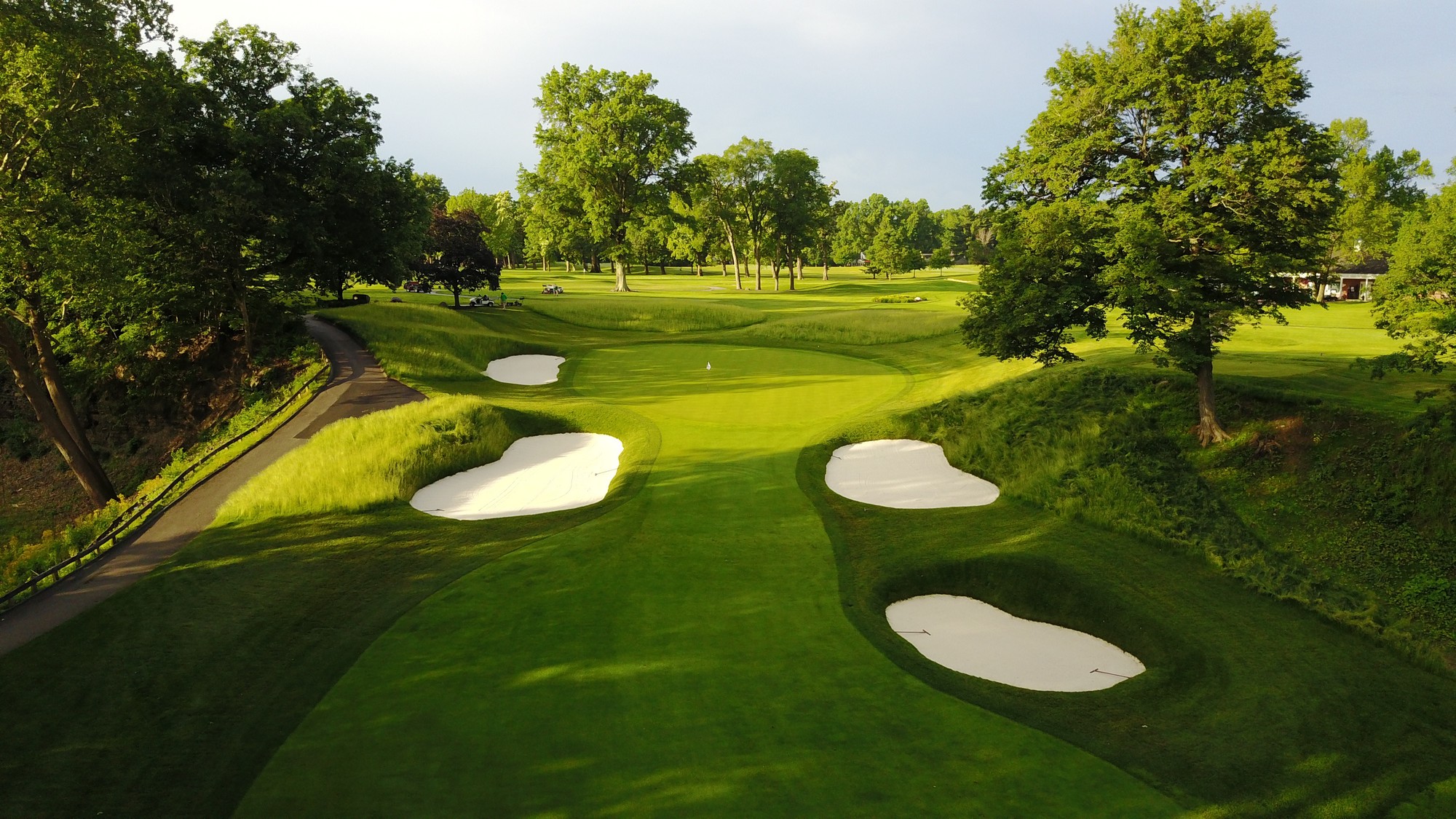
A new tee complex will be built on Ross’ original line of play to properly aim golfers on their tee shot. The fairway on #3 has been nearly doubled in size with a fairway bunker added on the left side of the landing area. Those who can drive it accurately down the left side will have a straight forward, uphill approach but those who choose to conservatively play down the right will have a much more intimidating approach shot over two deep bunkers short of the green. As you get closer to the green, trees have been removed from the left side of the hole, exposing a beautiful rock bluff that winds several hundred yards down the creek bed. It is an amazing, natural landform that is unique to our property at CCC. As some may know this view of the cliff was the impetus for the club. It was so dramatic that O.E. Miller purchased the property after seeing it from his carriage on Broad St. and decided to build a golf course and start the CCC.
Hole #4
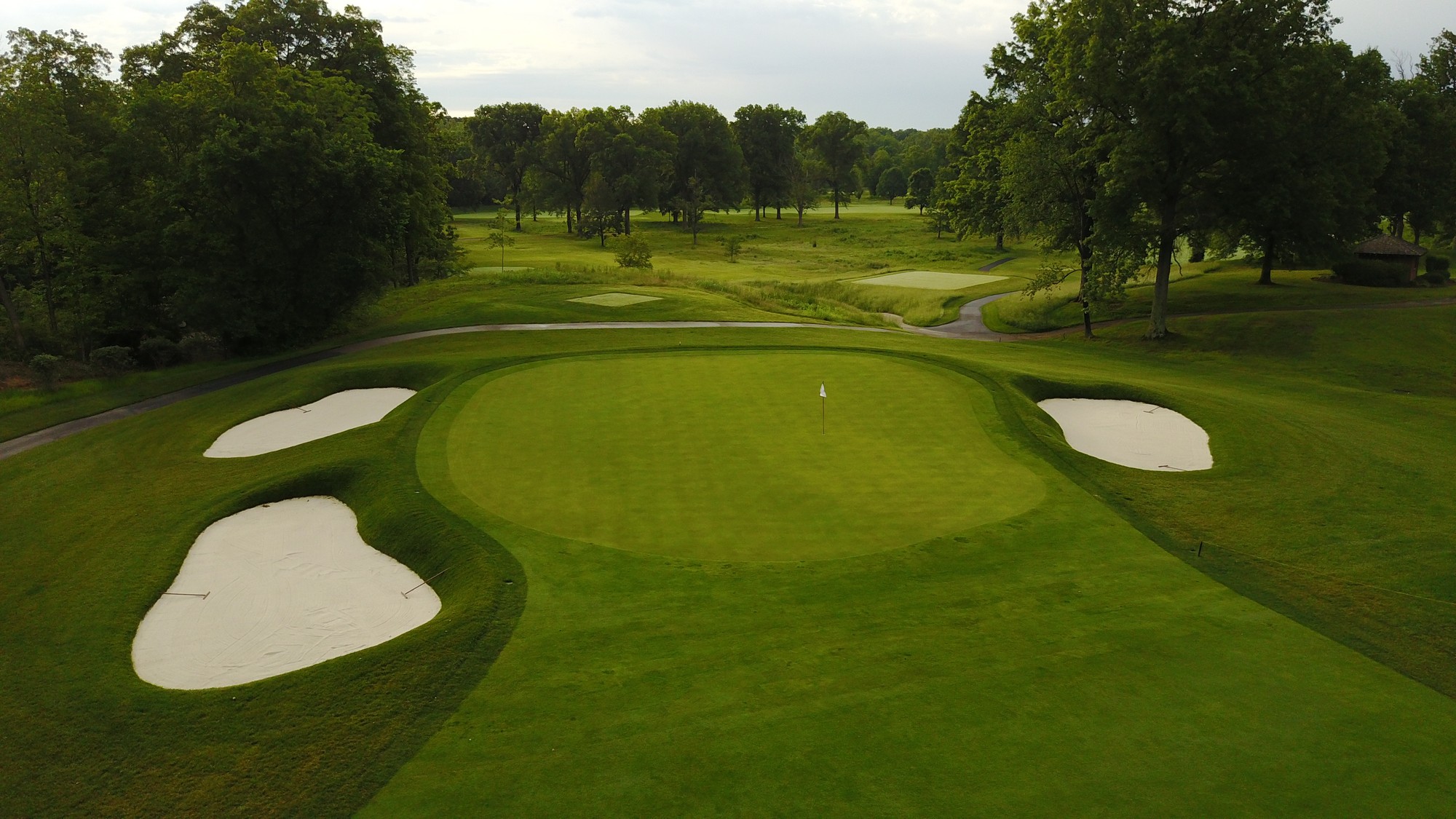
The 4th is the first of several long par fours in a row. A new back tee will be added just off the putting green increasing the holes length by almost 30 yards. The fairway bunker will be repositioned on the right hand side, in front of the natural swale that bisects the fairway. Tree removal behind this green will be an important visual improvement for the approach shot. Donald Ross positioned this green at the end of the ridge line to create depth perception problems and provide a scenic infinity green for the golfer. Additionally, Ross was a proponent of the player being able to run the ball up when required to hit a long iron or wood into a green. All of the green entrances on the course will be made firm and fast, but this aspect will be especially integral to the strategy at the 4th. The player can drive safely short of the fairway bunker and use the slope of the fairway short of the green to help get the ball on. The reintroduction of these architectural aspects will greatly improve the hole.
Hole #5
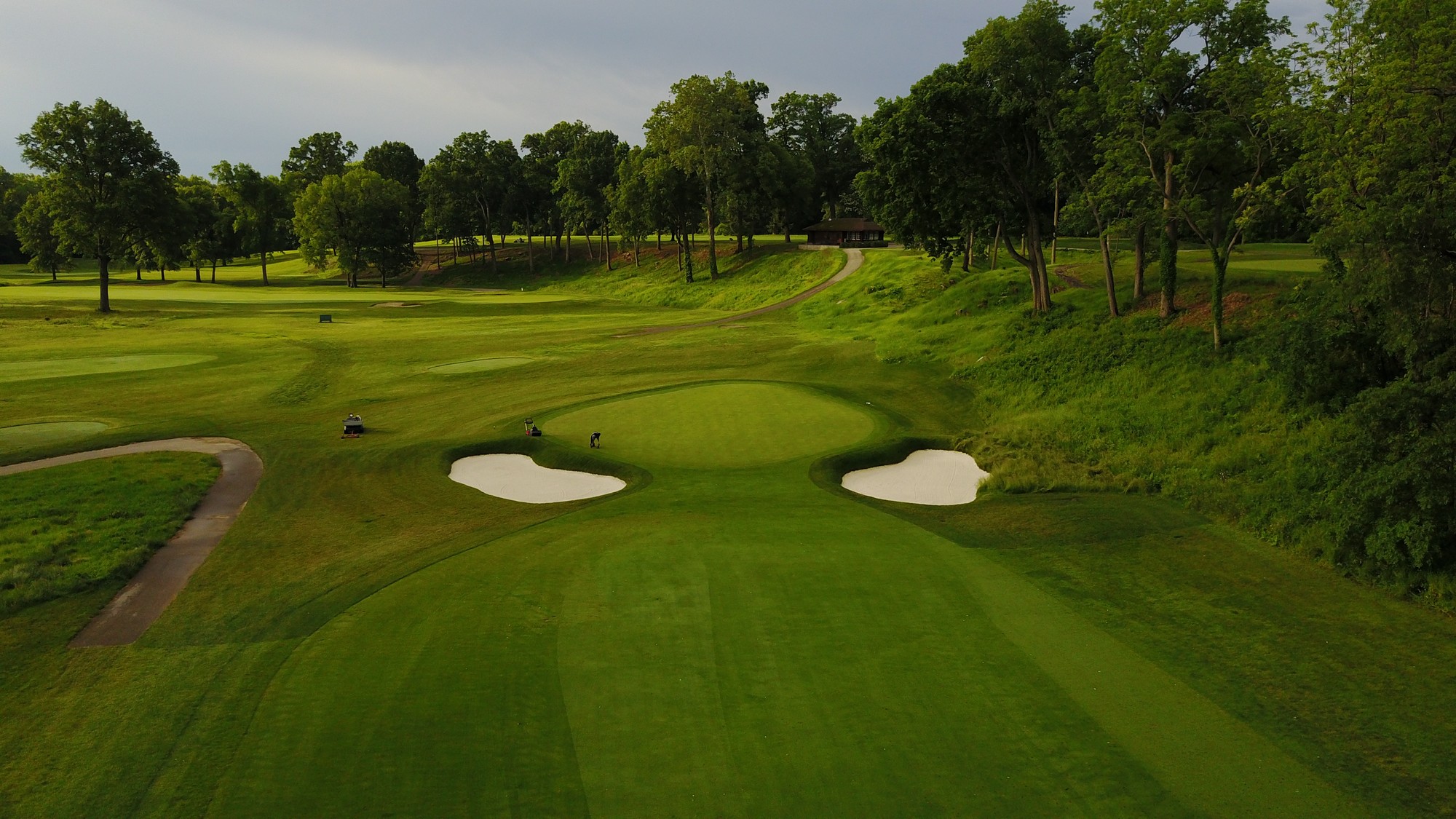
The new back tee on top of the ridge has created length and excitement to the tee shot at the 5th hole. The middle and forward tees will be realigned to correctly orient the golfer down the fairway. The tree removal has opened up internal views on the golf course, but none as dramatic as the 5th hole. From the tee, you will appreciate long views of the 11th, 12th, and 13th holes, as well as the open, native area to the left that was once cluttered with fir trees. The fairway will be widened and the fairway bunkers will be repositioned. The fairway will be sloped slightly from right to left in the landing area to improve drainage. The left side of the green was lifted to enhance playability and add additional pin placement options.
Hole #6
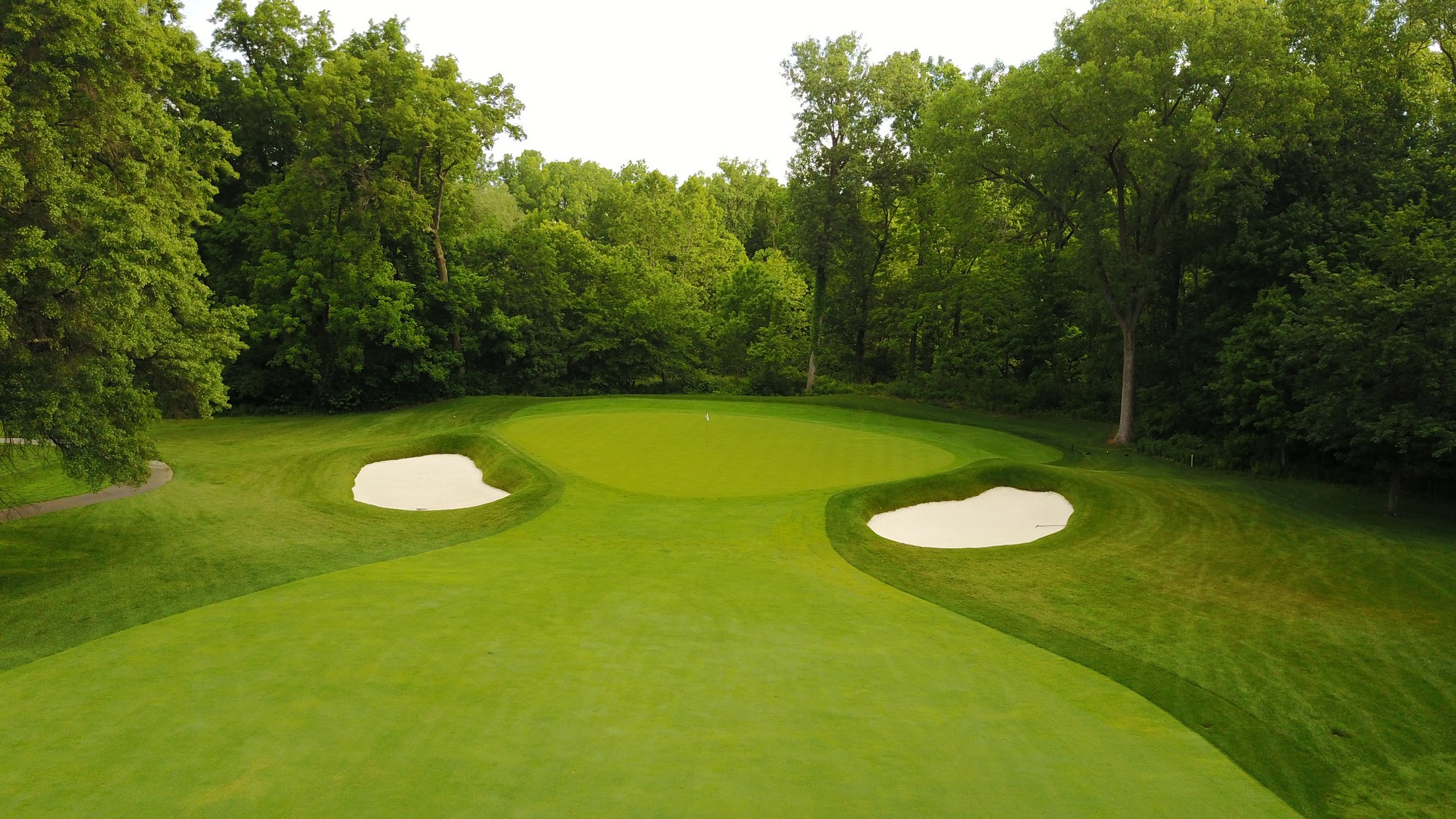
This is the only golf hole where the fairway bunkering changes dramatically. The fairway will be much wider down the right side as newly repositioned bunkers will set into the left side of the fairway. Golfers who play closely to these bunkers will be awarded with a much clearer approach shot to the green. As the player drives the ball farther away from the bunkers, the right greenside bunker becomes increasingly more in play. Similar to the 5th, the 6th fairway will be sloped slightly in the landing area, this time from left to right, to improve drainage. Similar to the 2nd green, the improved green surround and bunkering changes will make a dramatic improvement to the approach shot. With the front bunkers pushed into the green and the rear cart path and bunker removed, the green will appear much more elevated to the player than it currently does…even though it has not been raised an inch!
Hole #7
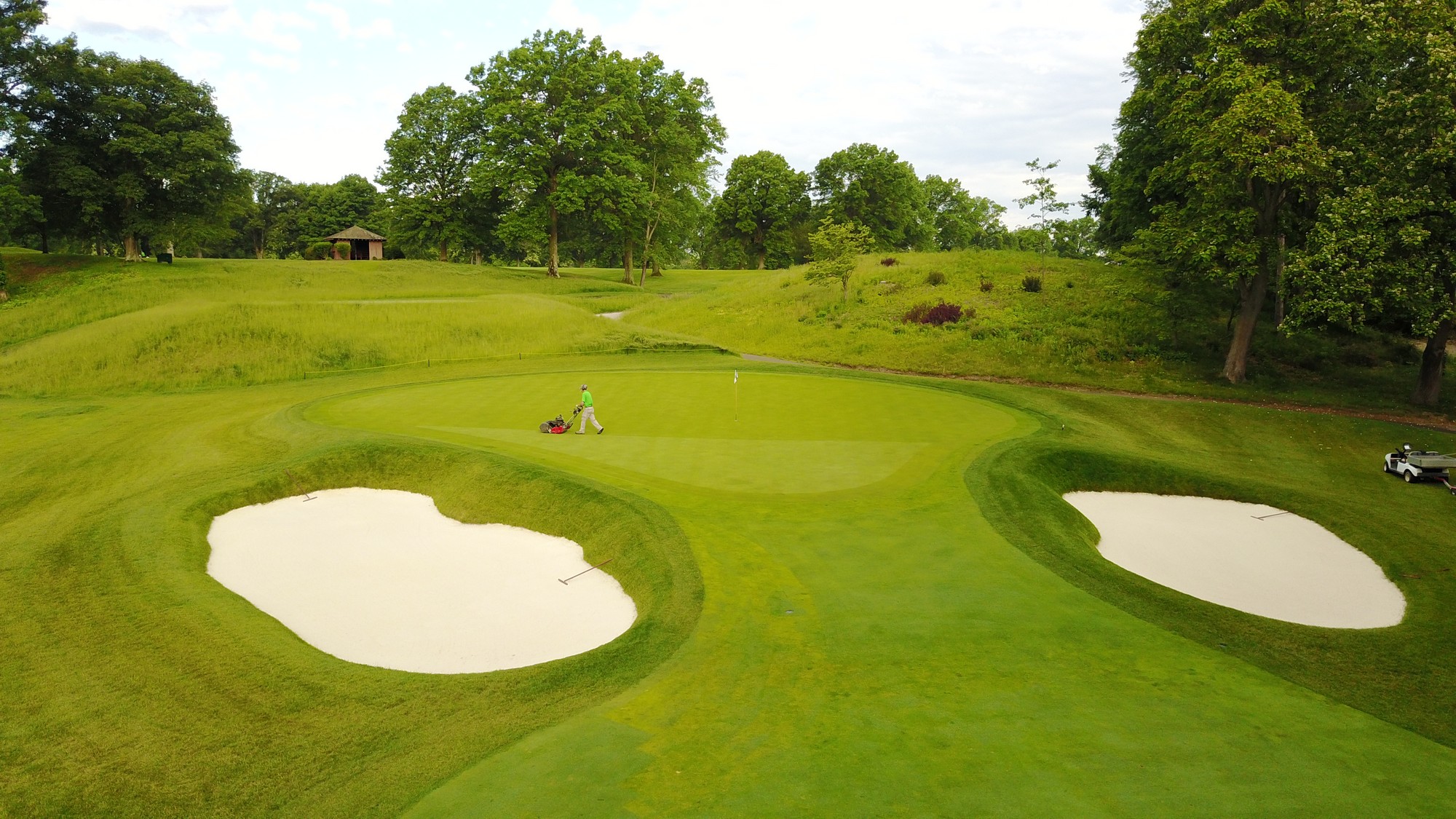
Tree removal has greatly improved the views of this hole and the player’s consideration for the effect the wind has on the tee shot. New green side bunkers will be built and the bunker in the far back right removed with a much improved construction of the 5th tee . The dramatic hillside with native grasses will be the back drop to the tee shot, beautifully framing the green.
Hole #8
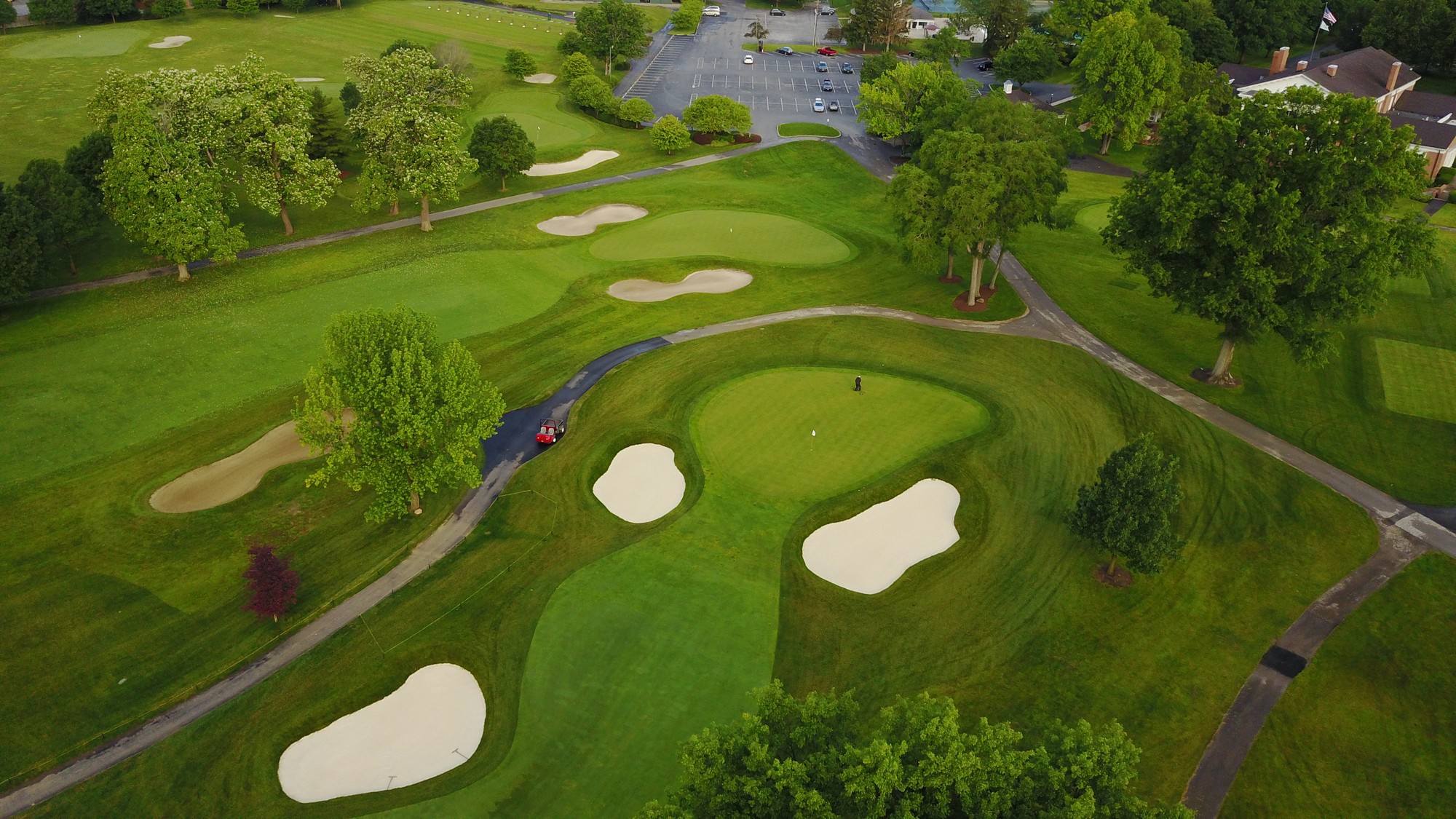
As the hillside clearing continues, the 8th tee will be one of the most panoramic views on the golf course. Fairway bunkers will be repositioned to challenge the drive on this short par 5. The left hand bunker, 100 yards from the green, that once floated in the rough, will be moved onto the edge of the fairway to make the golfer carefully plan their second shot.
Hole #9
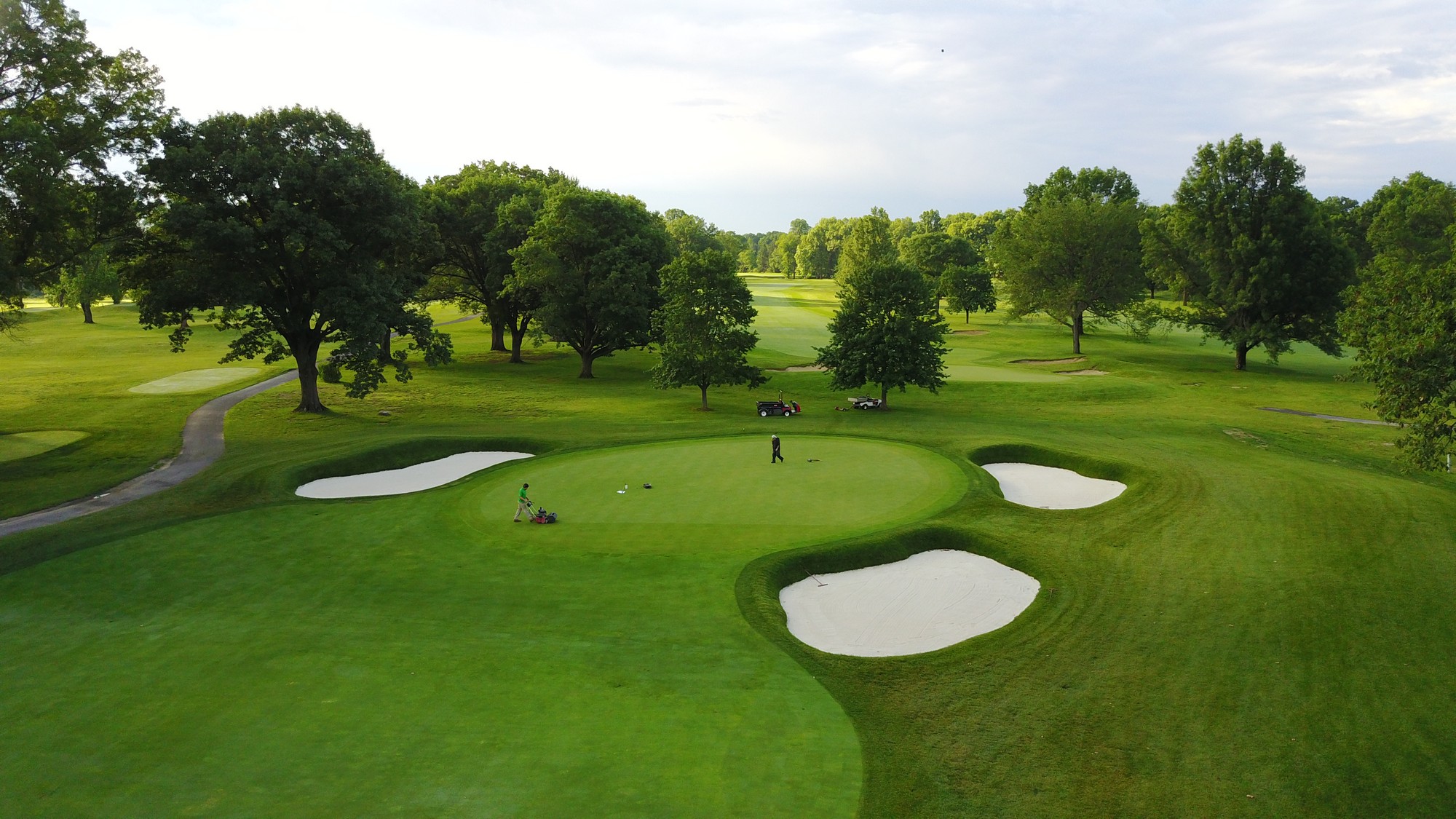
This once rather mundane par 3 will become one of the better par 3s on the golf course. Significant reshaping on green surrounds and bunker repositioning will be done taking this hole back typical to the era in which it was originally intended and built by Donald Ross.
Hole #10
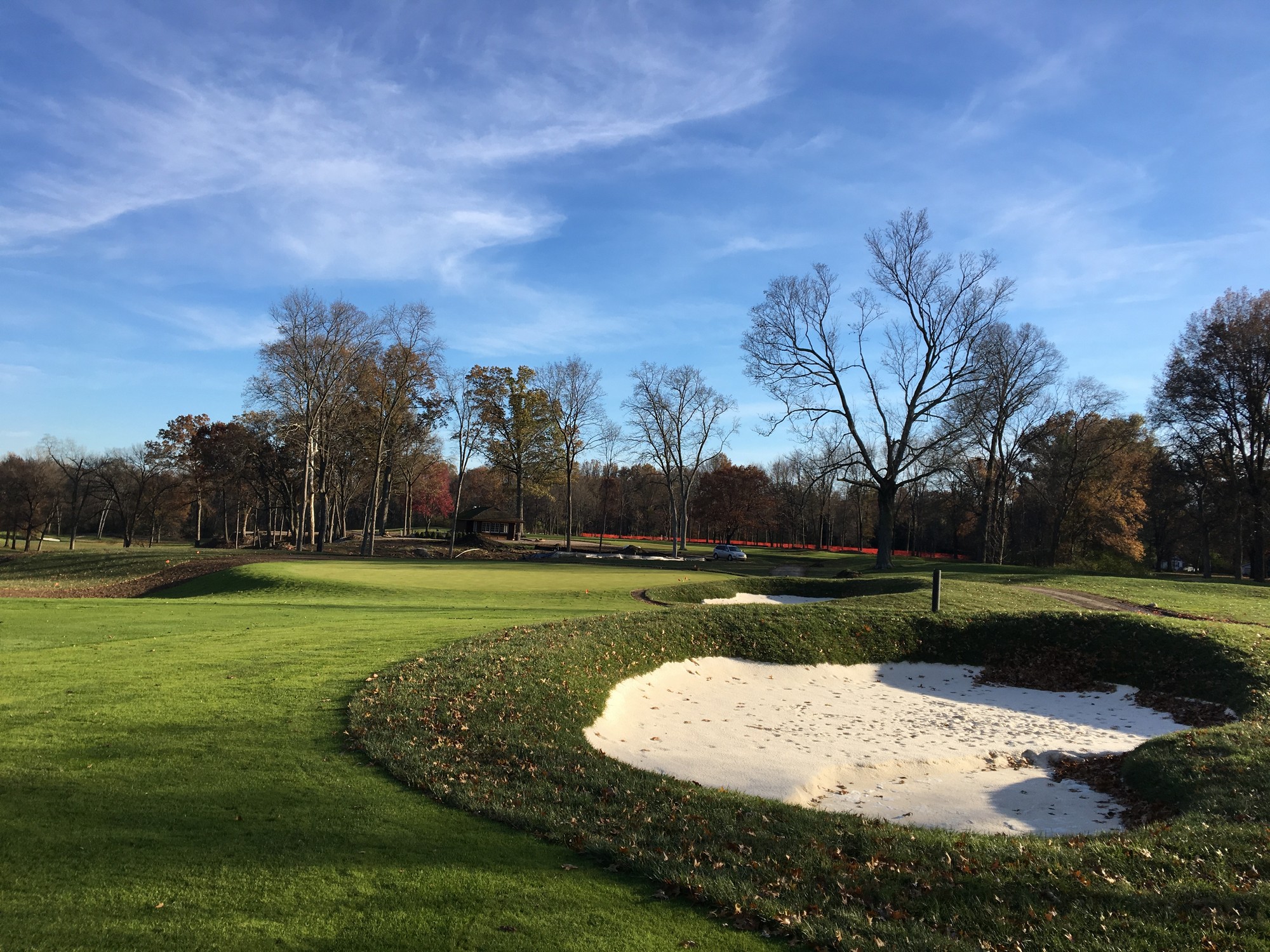
The clearing of the bluff between the 5th & 10th holes has turned #10 into the most visually stunning hole on the course. The golfer can now see #5, #6, #7, #11, #12, and #13 while playing all of his shots on 10. The fairway has been expanded down the left side uniquely bringing the CCC’s distinctive ridgeline into play. New fairway bunkers on the right side come into play forcing one to play toward the bluff both off of the tee and when approaching the green. Tightly mown grass has been added short and left of the green to challenge the golfer with creative short game recovery shots.
Hole #11
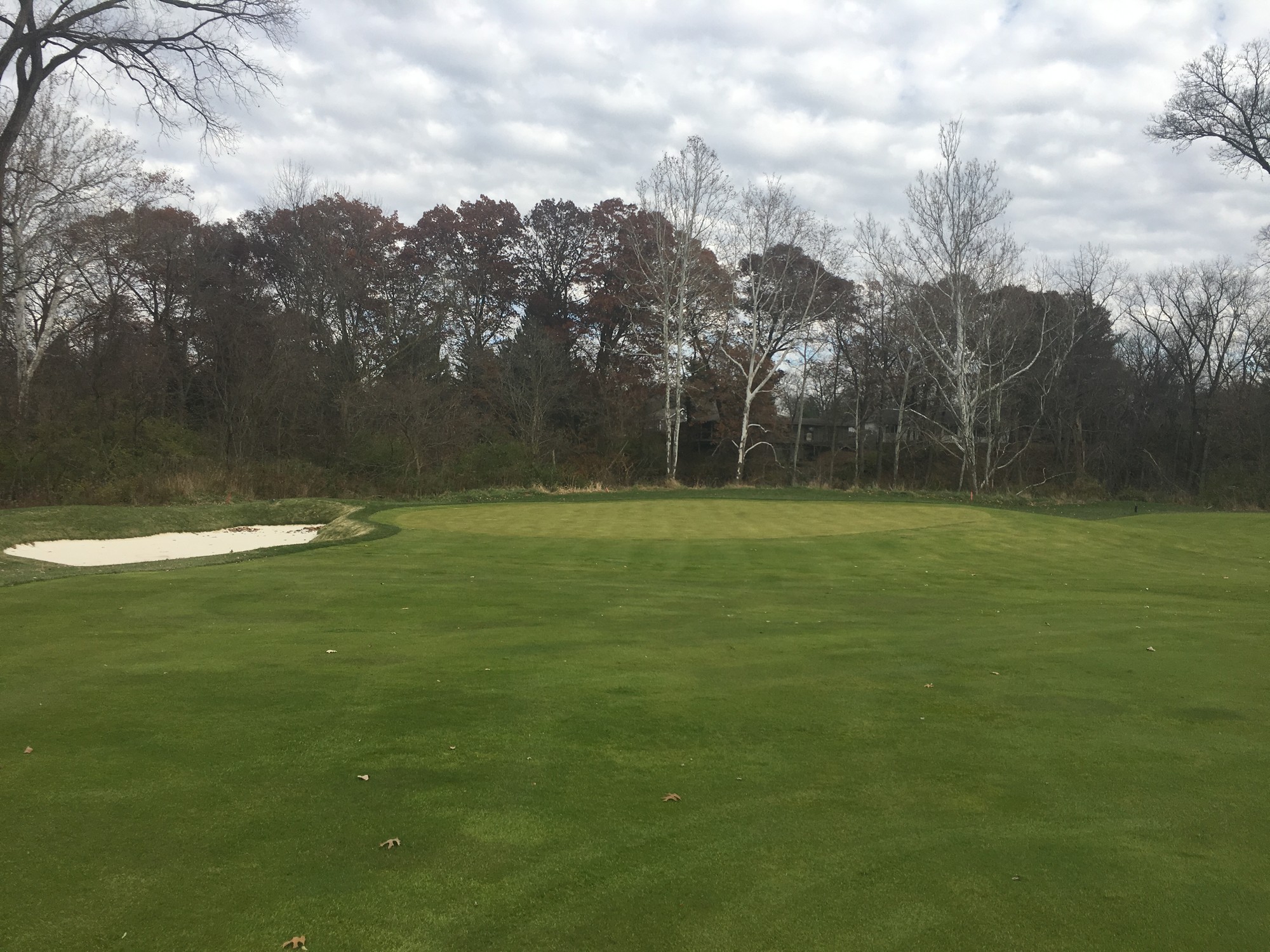
Fairway bunkers and native grasses now beautifully frame this exciting, elevated tee shot. The trees that used to block the right side of the hole have been replaced by 2 fairway bunkers on the inside of the dogleg. If golfers are bold enough to challenge the bunkers on their tee shot, they will be rewarded with a clear angle to the green. The bunker that was on the right side of the green has been converted to tightly mown grass. If the golfer ends up in this short grass area, he or she will have to decide whether to use putter, 7 iron, wedge, or fairway metal to best get up and down.
Hole #12
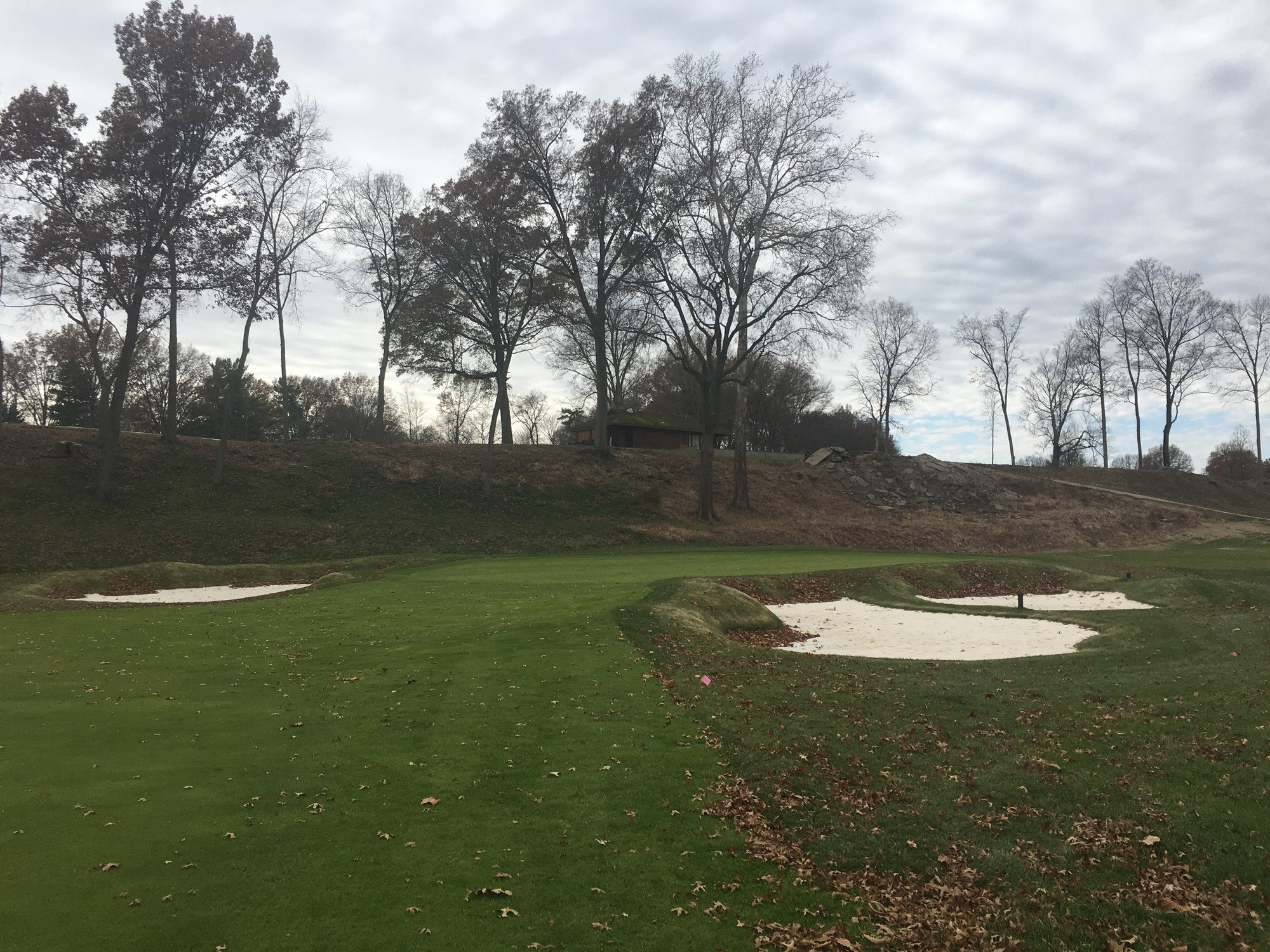
A short pitch and putt par 4 is a feature in all classic Donald Ross courses, unfortunately #12 had become too overgrown to fully appreciate all it could offer. Now when on the tee the golfer will need to decide how much to challenge the new fairway bunkers. A tee shot can still be safely played to the bottom of the gully, leaving a longer shot to the green. The golfer can try to successfully hit a tee shot to the top part of the fairway from which there will be short yardage, flat lie, and an excellent scoring opportunity. The true treat of #12 is the view from tee. From this point on the course everyone can see why the founder of the CCC chose this spot over 100 years ago; you are greeted with a spectacular, sweeping view of the ridgeline now cleared and home to beautiful native grasses defining our most distinctive landform
Hole #13
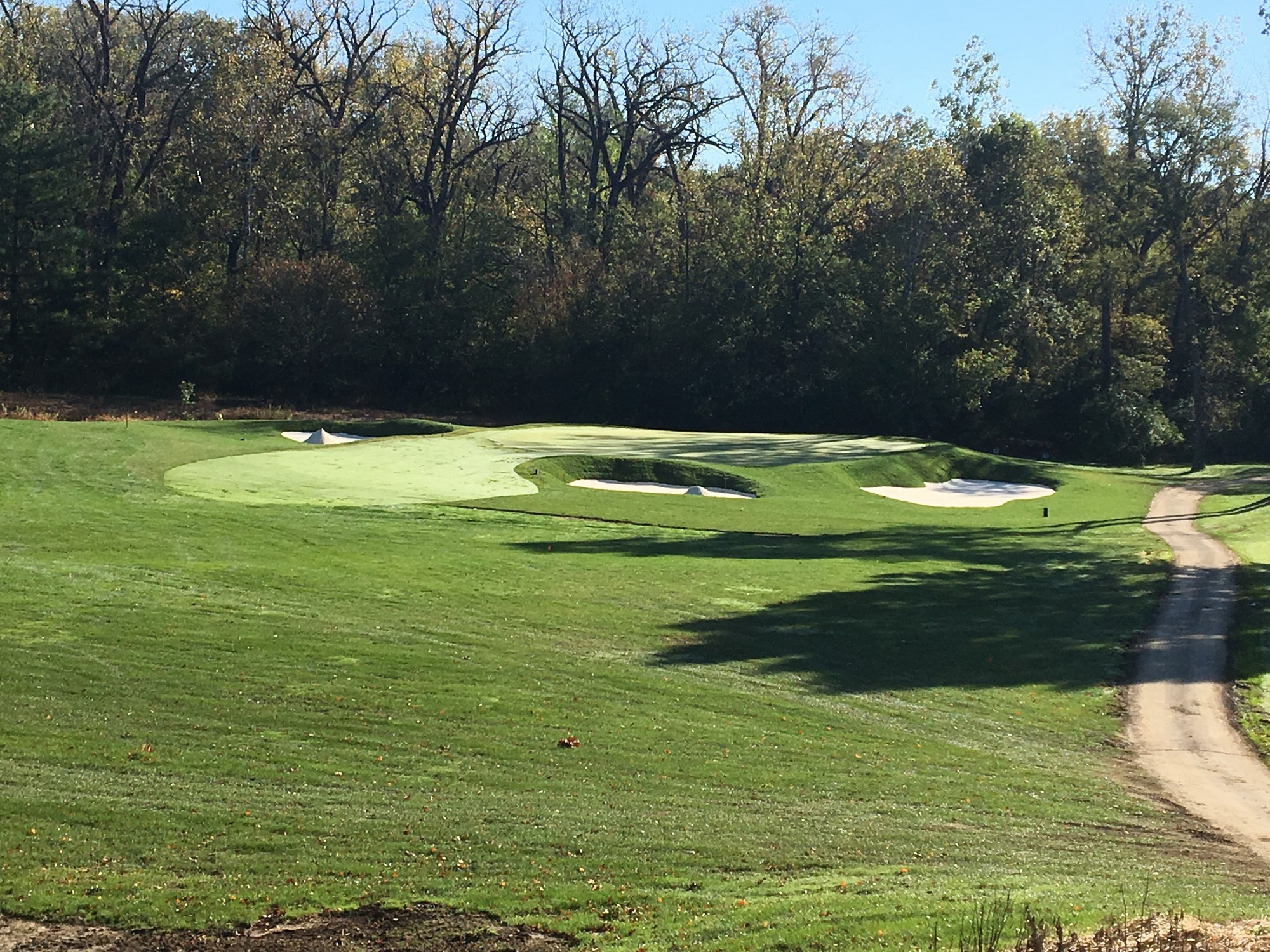
A new expansive tee box on the appropriate line of play for the shape of the green meets the golfer on the tee. The new bunkers have been brought closer to the green surface while creating more depth in front bunker enhancing the shot value of this par 3.
Hole #14
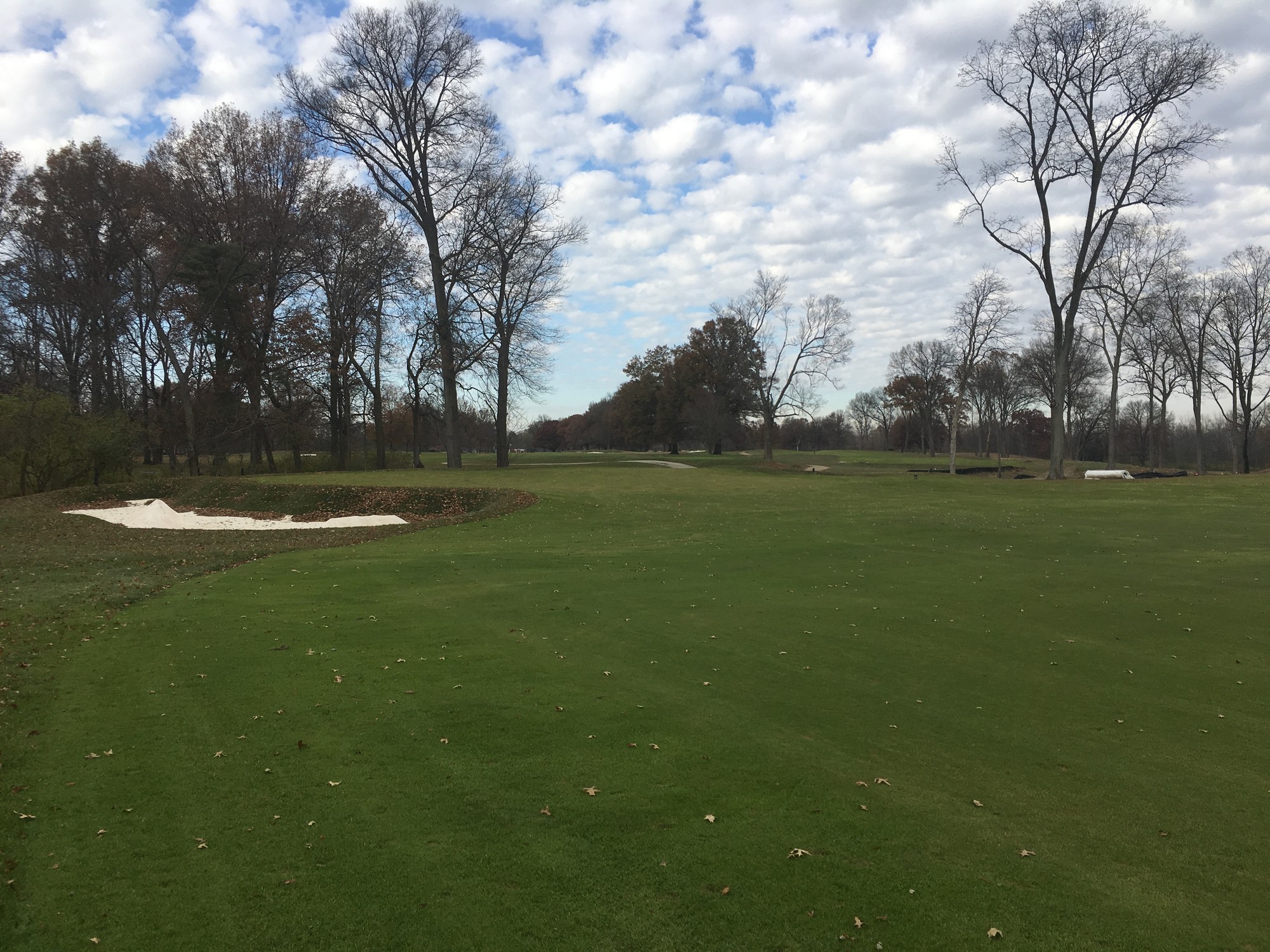
A new tee box realigns the golfer while a new bunker complex has been added to protect the inside of the dogleg. Tree removal down the right side has enhanced the long internal views of the golf course. One of the most interesting changes on the hole has been the large addition of tightly mown grass to the right of the green. Not only will it lead to a variety of interesting shots, it will also act as a small putting green for members enjoying their time at the halfway house.
Hole #15
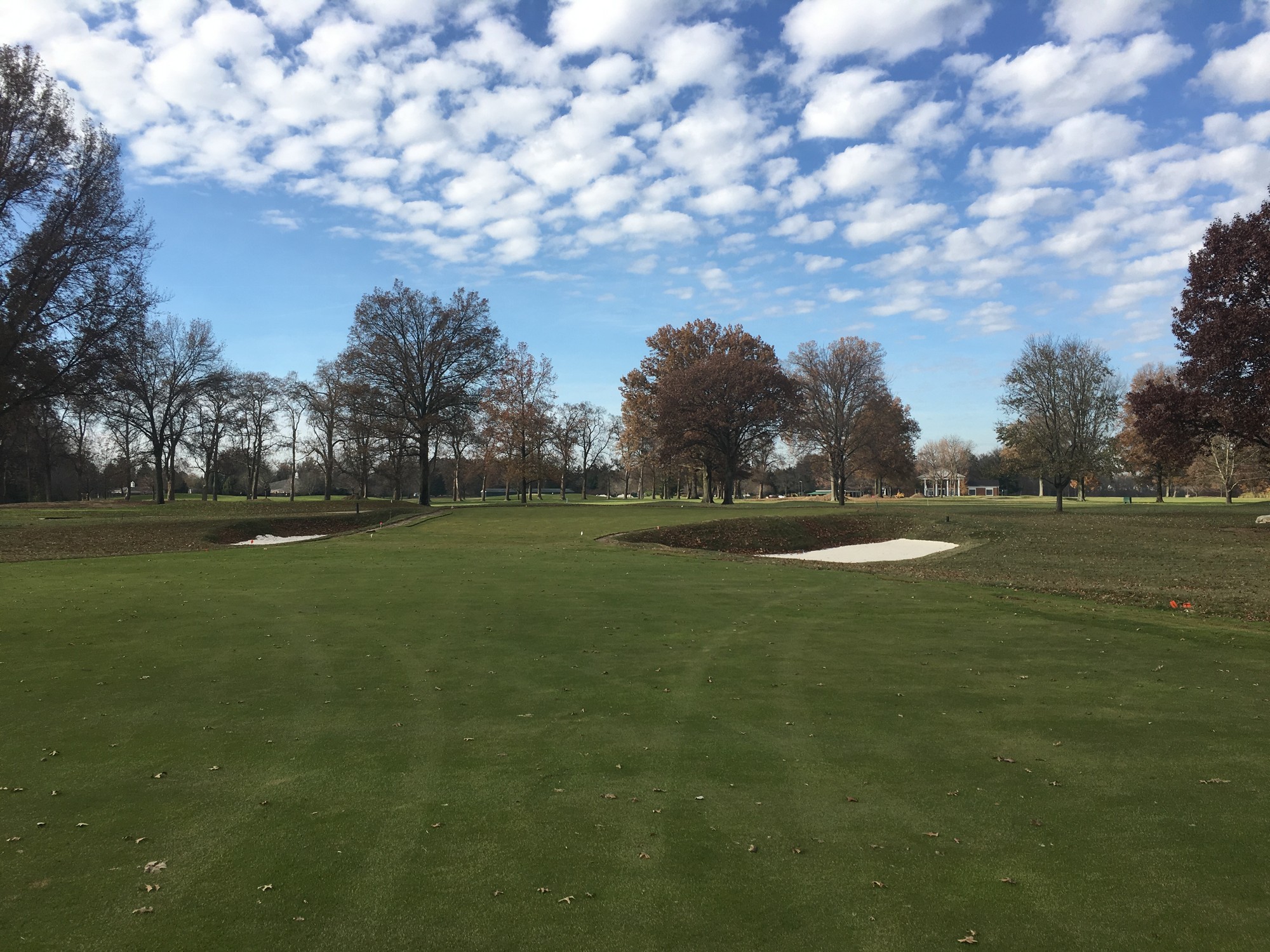
All of the bunkers on this golf hole have been dramatically brought back into play creating more of a serpentine-like shape to this three-shotter. Fairway bunkers will catch tee shots hit carelessly down the right. The most significant improvement is the fairway bunker 50 yards short of the green that now pronouncedly reaches well into the fairway from the left side. The golfer needs to decide to lay up short of the bunker, steer right of it, or try a heroic carry to hit the green in two. All options have their own amount of risk and reward.
Hole #16
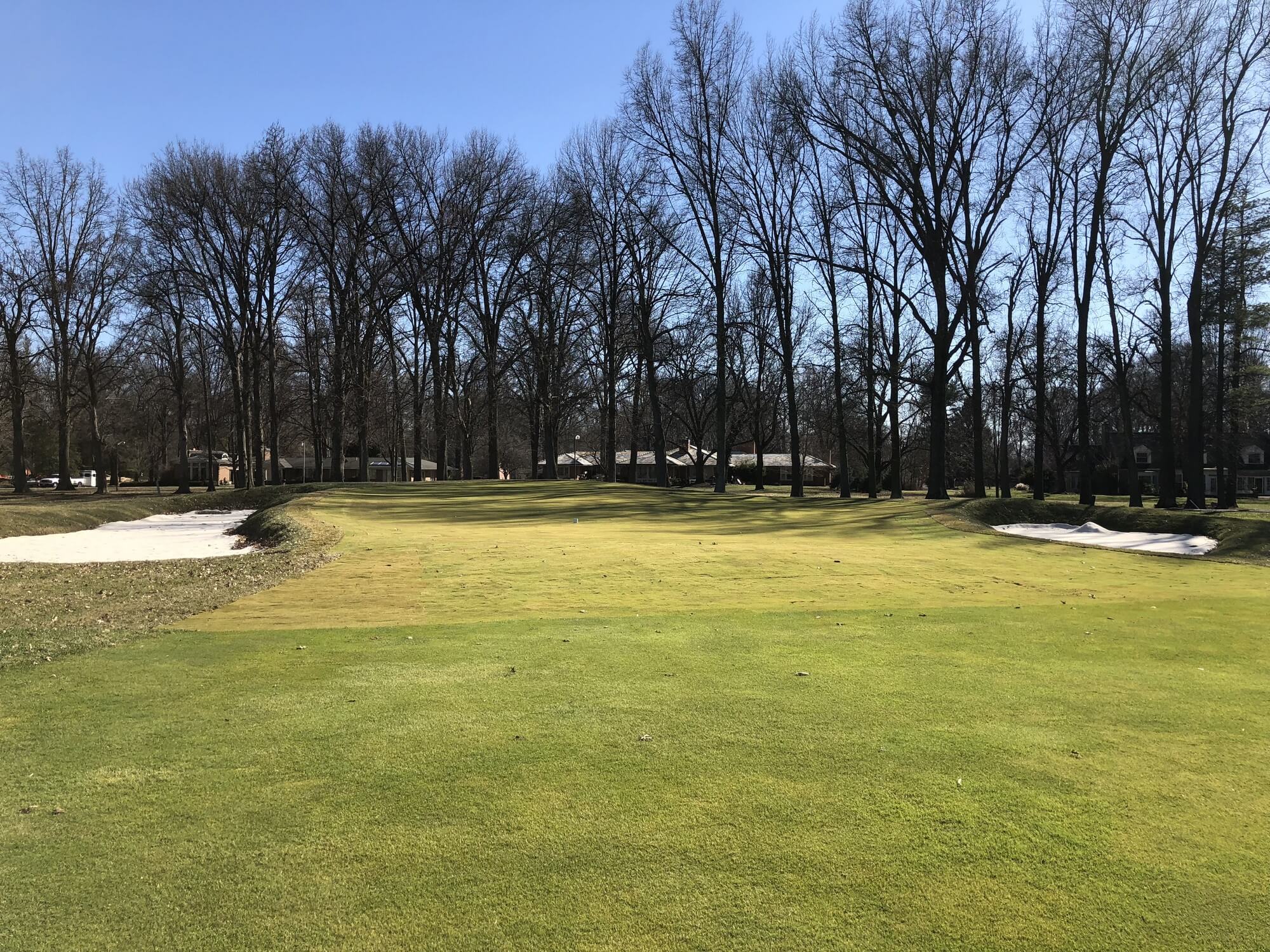
Trees down the right side have been removed to allow for fairway expansion on the longest par 4 on the backside. While the fairway has been substantially expanded, the left fairway bunker is now more glaringly in play. The front of the green has been slightly raised to improve the drainage issues on the putting surface.
Hole #17
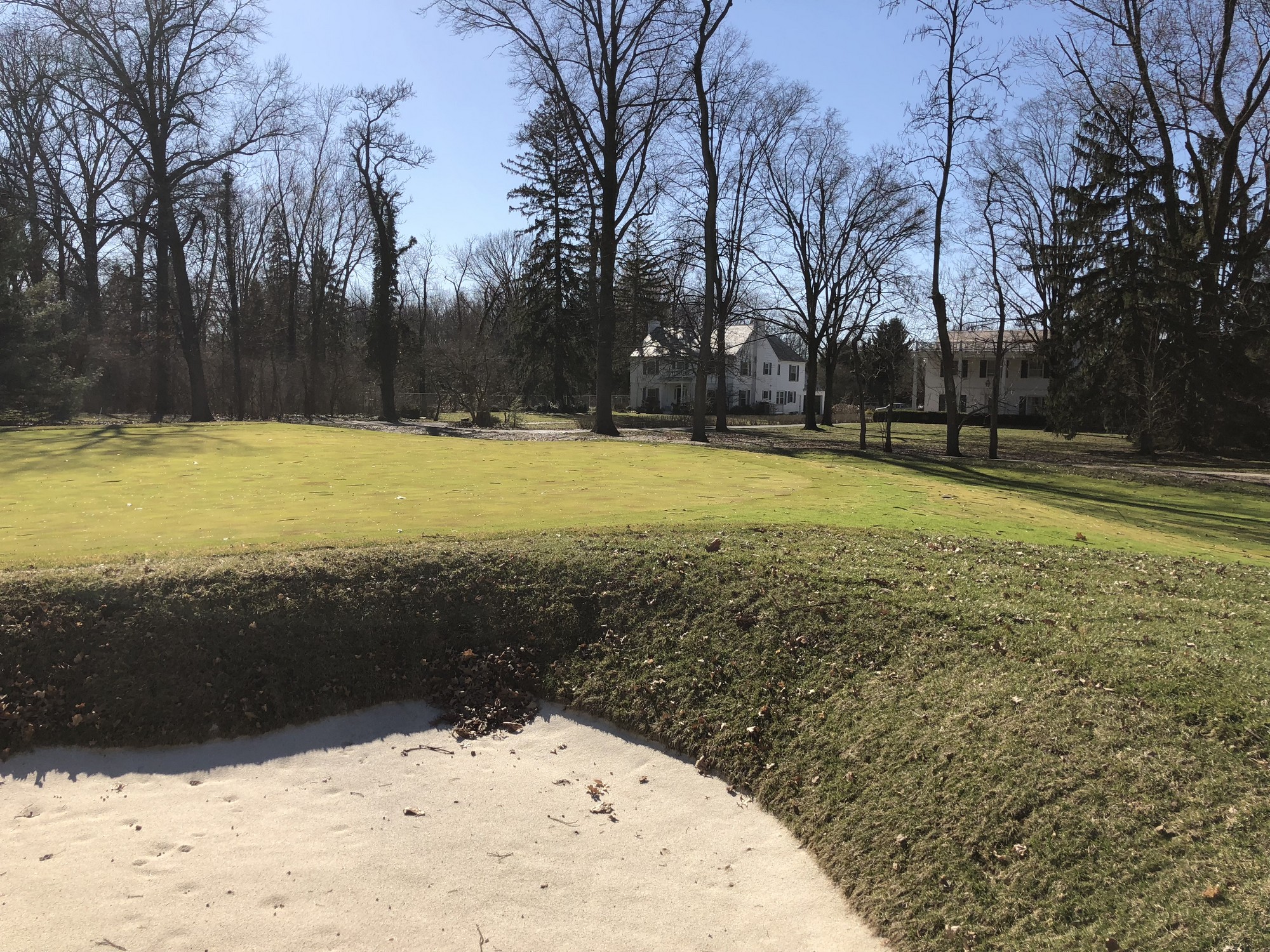
The most noticeable change will be the new cross bunker. This is an excellent addition. The bunker surrounded by native grasses will significantly improve the aesthetics on an unexciting, flat piece of land. On the majority of his designs, Donald Ross would build a long par 3 that had a cross bunker visible from the tee. The 17th at CCC fits into that profile and Donald Ross would most definitely approve of this wonderful bunker addition. Tree removal behind 17 green and tightly mown grass have added for more playing options on the longest par 3 at CCC.
Hole #18
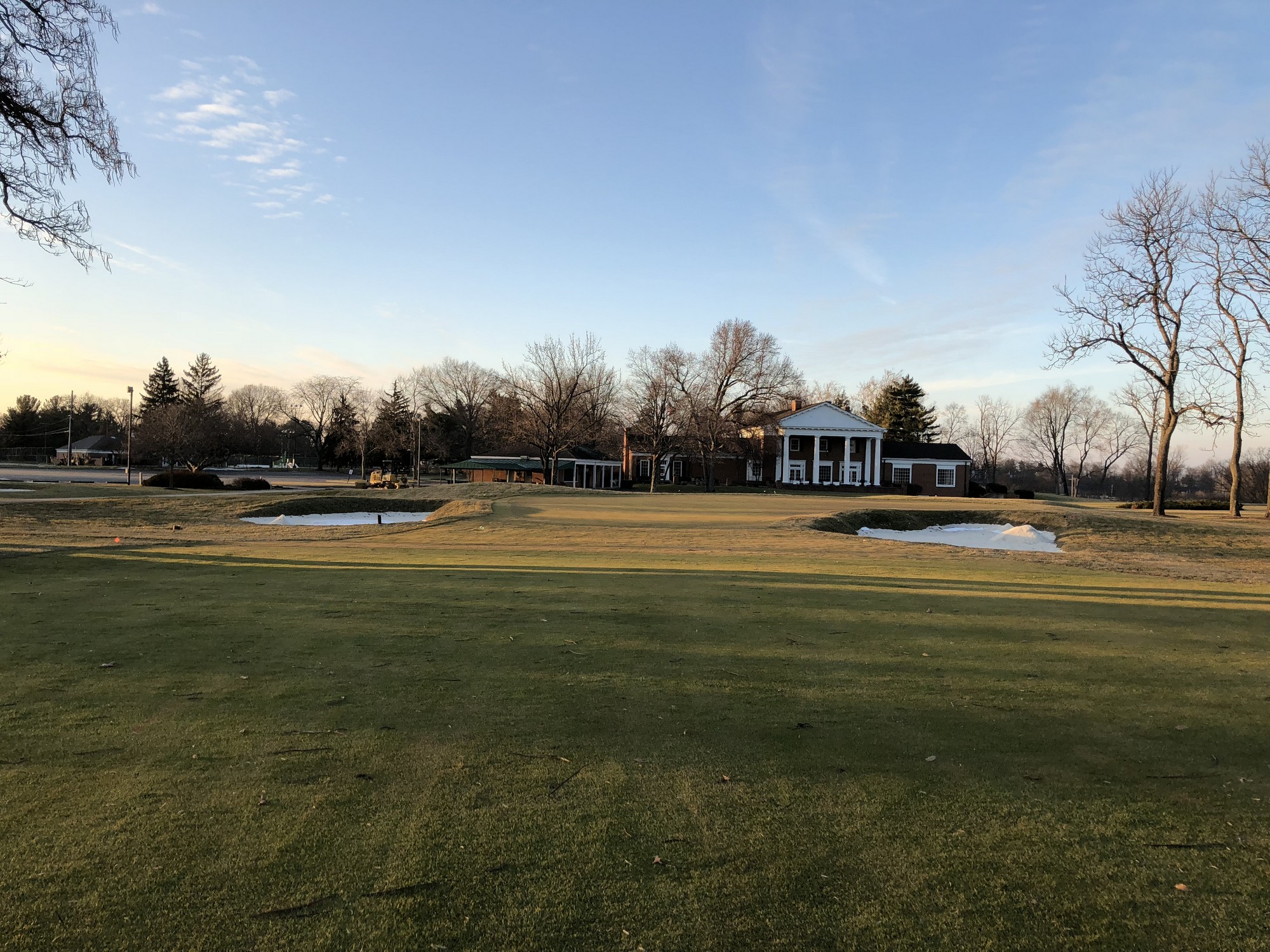
As the trees and mounding were removed down the right side of the hole, a fairway bunker was added to defend the tee shot. The most interesting shot on #18 will now be the golfer's second shot. Similar to #8, the fairway bunkers challenging the second shot have been edged back into the fairway. No longer will the golfer be able to carelessly play up the hole, a specific yardage will have to picked to avoid the bunkers. The bunkers on #18 will keep the golfer's interest piqued until holing out.